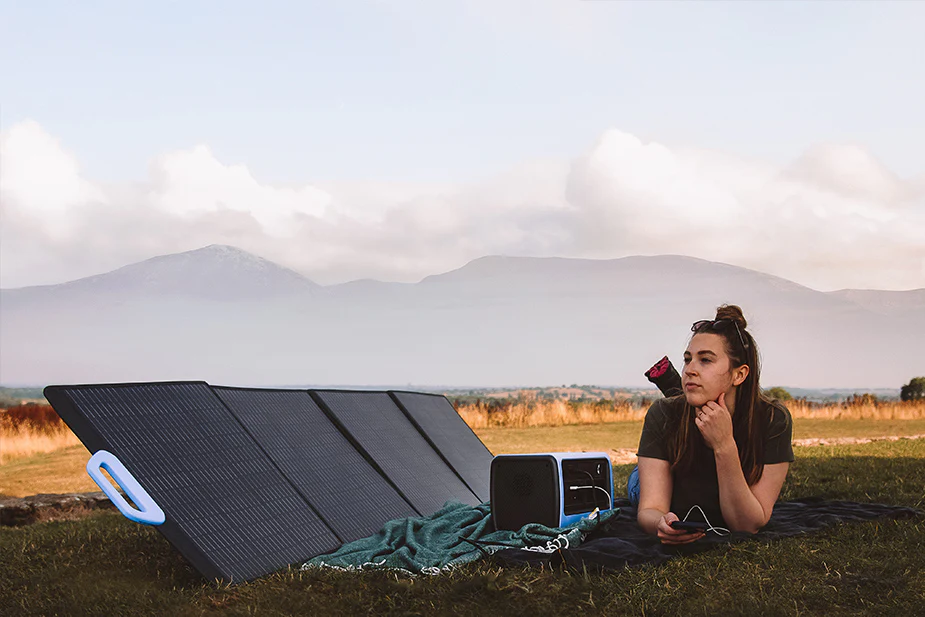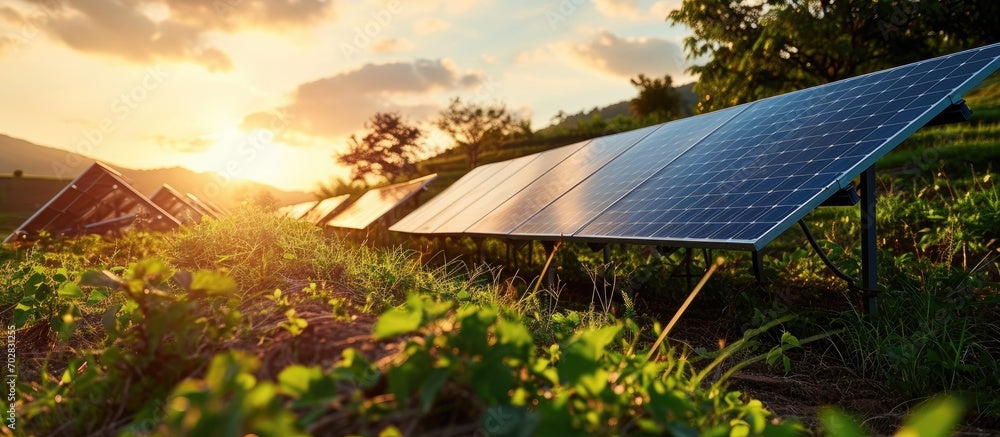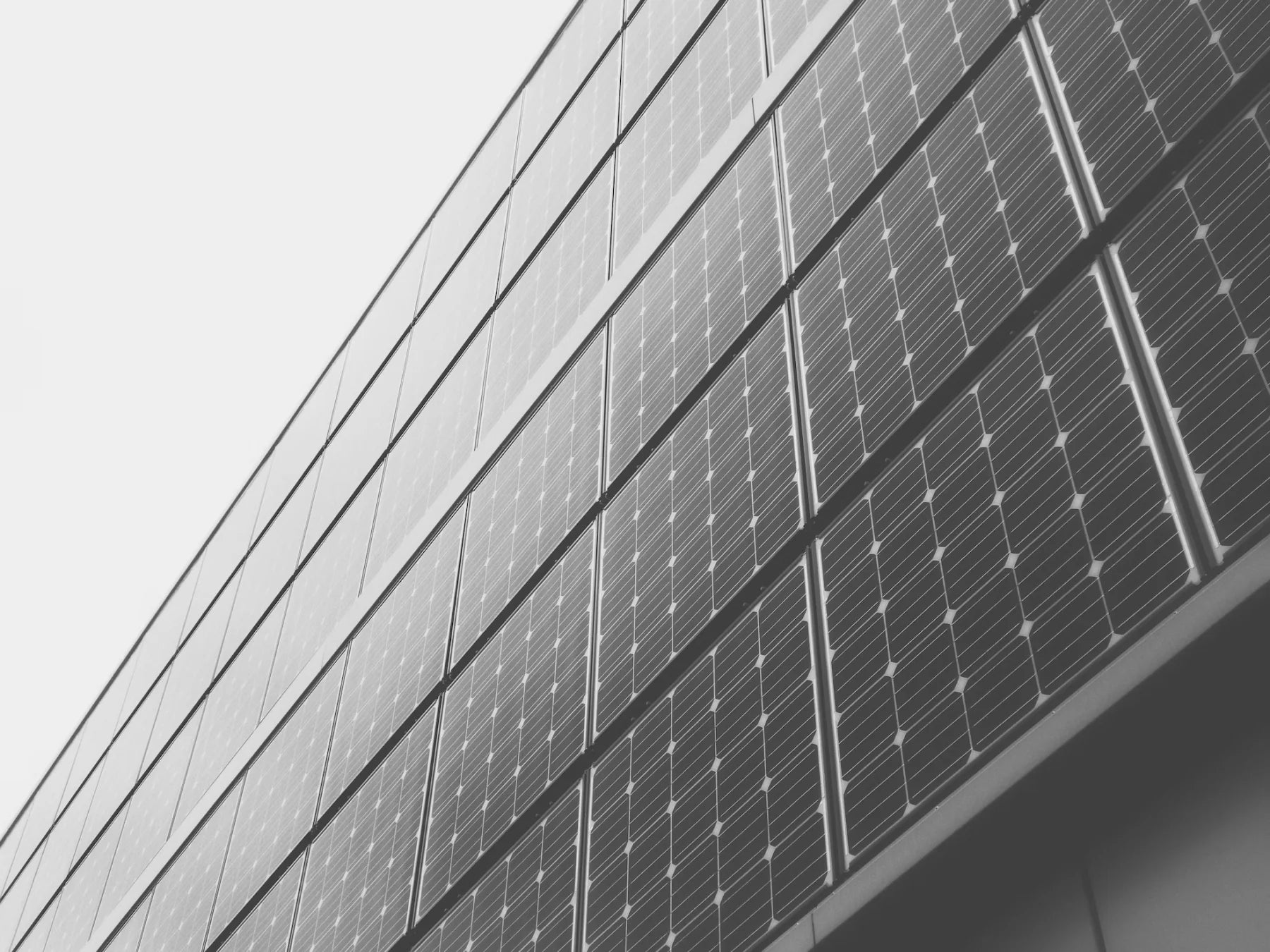
When venturing into the realm of solar energy, the selection of a solar inverter is a pivotal decision that can greatly influence the efficiency and dependability of your solar power system. It is as important, if even more so, when considering its role as the solar panel itself!
We'll delve into the top six considerations to keep in mind when purchasing a solar inverter—including compatibility, durability, warranty, efficiency, and cost—to help you make an informed choice that aligns with your energy needs and optimizes your solar investment. We’re to save that planet and your pocketbook!
1. Inverter Type
Depending on our needs, a variety of inverters may suit your project. Each type presents unique benefits and limitations, impacting overall system performance and making the understanding of their differences an essential step in solar planning.
- Central inverters have been the traditional mainstay, connecting to multiple panels for large-scale installs.
- String inverters link a series of panels, ideal for uniformly sunlit roofs.
- Microinverters, on the other hand, attach to individual panels, maximizing output by optimizing performance panel-by-panel, which is particularly beneficial for roofs with partial shading.
- Hybrid inverters merge solar and battery storage, offering a seamless solution for energy independence.
2. Efficiency
An inverter with higher efficiency translates to a greater proportion of solar energy being converted into usable electricity, directly affecting your energy savings and the return on your investment.
It's important to compare the efficiency ratings and opt for inverters that promise the best performance under a wide range of environmental conditions. This ensures that even during periods of low sunlight or on cloudy days, your solar panels will perform optimally, providing you with a consistent and reliable power supply.
3. Compatibility
Compatibility is a key consideration when selecting a solar inverter, as it dictates the inverter's ability to work seamlessly with the photovoltaic (PV) panels and other system components. Finding one that can be used with other brand’s solar panels is an excellent advantage.
An incompatible inverter can lead to suboptimal energy production or even system failure. Choosing an inverter that matches the specifications and voltage range of the solar panels ensures that the system operates within its intended efficiency parameters.
This synergy between inverters and panels is crucial for maximizing energy harvest over the lifetime of the solar power system. In addition, confirming compatibility with the existing electrical infrastructure and any future upgrades can help avoid the expense and inconvenience of additional retrofitting or electrical work down the line.
4. Durability and Warranty
Durability is critical to inverter selection, as these components are exposed to the elements and must withstand extreme weather conditions.
A robust inverter design assures that your solar setup will endure high winds, heavy rain, and temperature fluctuations, ensuring that energy production remains consistent over the years.
Equally important is the warranty offered by the manufacturer. (typically 10 to 15 years). A lengthy and comprehensive warranty acts as a testament to the inverter's reliability and gives homeowners peace of mind, knowing that any potential malfunctions or drop in performance will be addressed without incurring significant extra costs. This safeguard is essential for maintaining the long-term economic viability of any solar investment.
5. Features
We all love some bells and whistles, and in the case of your next solar inverter, these are a few you should be on the look out for.
Remote Monitoring
Modern inverters come equipped with smart functionalities like remote monitoring and control capabilities, which serve as critical tools for any solar power system.
This technological advancement allows users to track real-time performance metrics, manage energy output, and identify issues promptly, often before they escalate into more significant problems.
Transformerless Technology
Consider an inverter with transformerless technology; it's usually lighter, more efficient, and provides a cleaner form of electricity.
Compatibility with Battery Storage
Inverters that are compatible with battery storage systems can future-proof your investment, allowing you to store excess energy for use during non-sunny periods or grid outages.
6. Price
When you're in the market for a solar inverter, think of it as the heart of your solar panel system. You wouldn't skimp on a quality heart for your body, right? So, splash out a bit more cash for a good one, and it'll pay off big time.
A solid inverter means fewer headaches with upkeep, and it keeps your electricity flow strong for years. If you pick one from a seasoned manufacturer, they'll have your back with solid support and warranties. It's like buying peace of mind for your solar investment.
So how much should you expect to spend? The cost of a solar inverter can vary depending on the brand, installer, and size. In 2024 you can expect to spend $1,000 to $2,000 or more. A microinverter can add another $1,000 or more to that price, whereas power optimizers range between $50 to $200 or more.
Let US Solar Supplier Guide Your Next Solar Project
Let US Solar Supplier be your trusted guide in navigating the vast solar marketplace. As the nation's leading solar resource, we are committed to helping you find the perfect setup for your next solar project.
With access to the largest selection of solar equipment, from solar panels to inverters, solar storage, and racking, we’ve got you covered.







